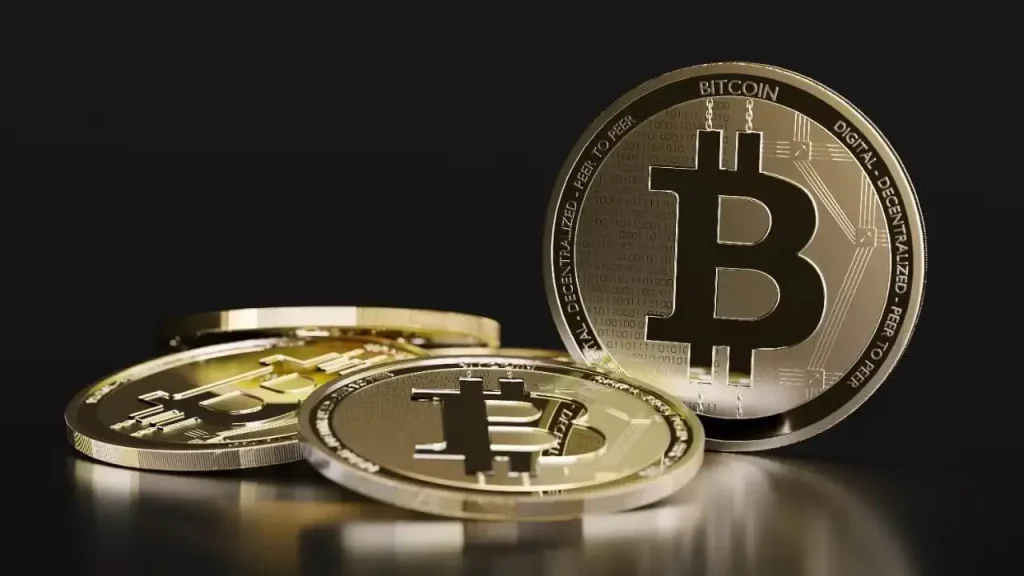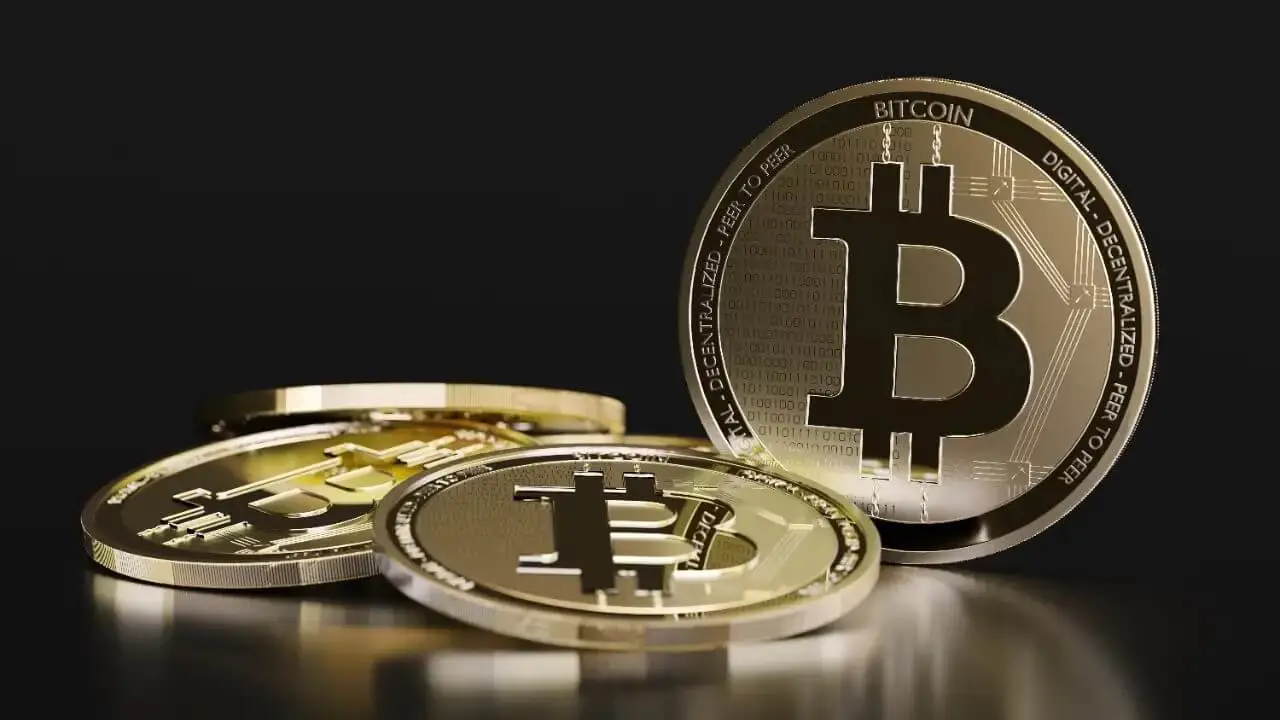Ever since Bitcoin was created over a decade ago, there has been hope that cryptocurrencies could transform how payments are made globally. However, for most everyday transactions, traditional payment methods like credit cards, debit cards and cash are still king.
Major cryptocurrencies face a number of challenges before they can become mainstream payment rails that are as easy and ubiquitous as existing options. Let’s examine some key factors that will determine if cryptocurrencies realize their payment potential.

Content
Volatility remains a major barrier
The extreme volatility that most leading cryptocurrencies exhibit makes them unsuitable as a reliable payment mechanism today. Bitcoin’s price swings by thousands of dollars in a short time period, a trait that does not inspire confidence for merchants or customers using it to settle invoices. Volatile settlement values can expose merchants to unwelcome risks.
While some strides have been made in dampening volatility through regulated stablecoins, mainstream adoption depends on price stability being addressed and validated over time. This challenge requires fresh solutions and proved resilience through market cycles.
Transaction speeds are improving but not there yet
Transaction confirmation speeds are too slow on blockchains like Bitcoin for handling retail-level payments efficiently. Waiting even 10-15 minutes for a purchase confirmation sucks the flow out of checkout experiences. While platforms like the Lightning Network are helping scale Bitcoin, broader infrastructure upgrades are still underway.
Ethereum and other advanced networks are still developing second-layer scalability. Much faster finality is essential for enabling smooth crypto commerce that’s indistinguishable from card swipes or digital wallet payments. Speed will be crucial to win over impatient mainstream users.
User experience lacks polish for general population
Today’s cryptocurrency wallet interfaces and workflows are not consumer-friendly enough for the average person to consider them their preferred payment method. Complex private key management, confusing addresses, fee estimation difficulties and other tech intricacies have to disappear behind slick, intuitive UIs on par with PayPal or leading banking apps. Crypto payment journeys must be designed from the ground up for usability and user delight instead of just technical achievement. Streamlined integration into existing digital services is also important.
Limited merchant acceptance remains a stumbling block
Wider merchant onboarding will be a necessity before cryptocurrencies graduate from speculative assets to commonly-used payment networks. While some large merchants like Microsoft now accept Bitcoin, most small to medium sized shops remain hesitant due to extra costs involved. Services like btcpostage and cryptopostage.info are helping bridge this gap by allowing users to pay for postage or shipping labels with 50+ cryptocurrencies from the comfort of their homes. Still, more partnerships with merchants, payment processors and PoS terminals are vital to supercharge mainstream viability of crypto payments in physical commerce.
Regulation presents challenges for businesses
Unclear, inconsistent or restrictive cryptocurrency rules in different jurisdictions confuse businesses and discourage them from investing in crypto payment services. Regulations around money transmission, tax compliance and other activities are still evolving. Providing certainty while avoiding dampening innovation is a difficult balance for policymakers. International coordination is also lacking as rules differ country-to-country. Standardization and liberal, proportionate frameworks will be needed over the long term to free up innovation instead of suffocating it.
All is not lost though – progress is happening
Despite these hurdles, positive steps are occurring. Technological improvements in scalability, stablecoins preventing wild price swings, security enhancements, better UX design and standardized service integrations are addressing the concerns progressively. Higher crypto adoption rates among young tech-savvy demographics point to growing familiarity. Grassroots campaigns by payment processors are expanding merchant networks. Emerging DeFi tools offer low-cost borderless remittance and bill payment options too. And national regulation is maturing for balanced oversight in some regions. If the momentum sustains through the coming decade, cryptocurrencies could well gain significant ground as mainstream payment rails. Only patience and persistence will tell.
In conclusion, while major cryptocurrencies have a way to go before becoming globally competitive payment networks, the future remains promising if stakeholders work continuously to solve the issues. Gradual but consistent progress across technology development, user onboarding, business adoption, and policy fronts seems capable of turning digital assets into viable public payment options matching or exceeding alternatives. The payment transformation may take longer than initially anticipated, but remains altogether possible with coordinated efforts. It’s an exciting prospect to watch unfold in the decade ahead.

Randal Daly has been following the crypto space since 2024. He is a passionate advocate for blockchain technology, and believes that it will have a profound impact on how people live their lives. In addition to being an avid blogger, Randal also enjoys writing about developments in the industry as well as providing useful guides to help those who are new to this exciting frontier of finance and technology.








